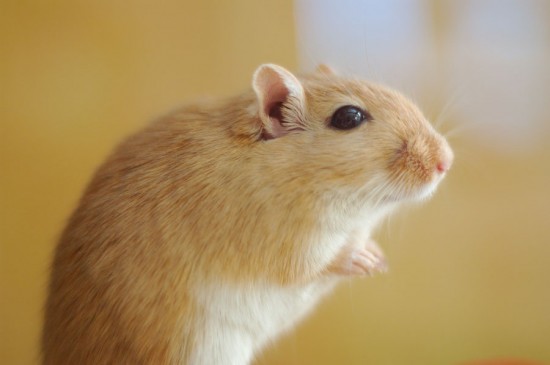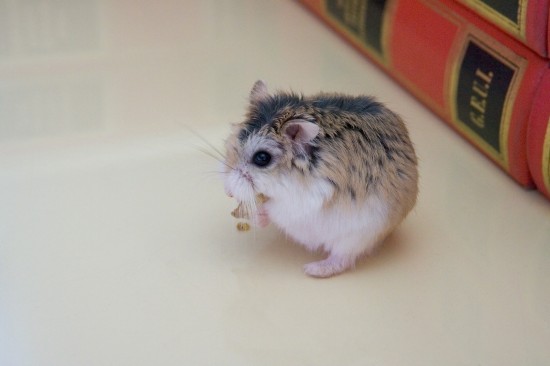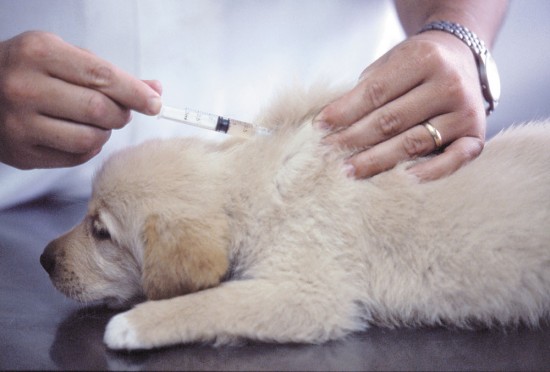
I met Spider in the fall of 1997, while visiting a friend’s
home. Spider, a completely black kitten, along with the rest of
her siblings, had been thrown into a croaker sack and tossed on
the side of the road. Infested with fleas, her bones easily
visible under her skin, and mewing constantly, Spider did not
appear healthy. The friend and I gave all of the kittens a flea
dip, after which Spider came to my side. Draping herself over my
foot, she immediately began purring. I had a pet.
She went home with me the next morning, quickly making herself
comfortable in her new surroundings. It wasn’t until the early
summer of the next year that I knew my kitten had a problem.
Spider was not like normal cats. She displayed aggressive
tendencies towards dogs. Not the normal defensive hair raising,
hissing, posture but a truly aggressive nature. Two dogs lived
behind us, separated from our yard by a chain link fence. I
spotted Spider sitting idly ten feet from the fence while the
dogs went insane, trying to poke their bodies through the fence
to get at my kitten. As I watched, she rose and approached the
dogs. My heart jumped, fearing she would be dog food any moment.
When scant inches from the dogs, she swatted each of them with
her claws. The dogs yelped in anger and pain, going nuts.
Spider, with a sniff of disdain, turned and walked away.
After her experience with the dogs, I checked Spider to see if
she had somehow been mauled, explaining her aggression. She had
not, but I found strange bumps along her neck. The next day we
made our first trip to the doctor. He did a thorough check up
and then sat me down. He explained to me that Spider had feline
leukemia. After a short discussion of the symptoms, he quietly
told me it was his honest opinion that we should put her to
sleep. I stared at him in shock and despair. This kitten was the
only emotional stability in my life; the thought of killing her
was beyond my comprehension. I suppose my devoted attitude
toward Spider was in part an extension of the circumstances of
my life. I emphatically stated my opposition to his suggestion.
Then in simple terms Spider’s doctor explained the facts of
life to me. He explained that Spider would be in pain most of
her life, and her allergic reactions would become more severe as
she aged. She would never be able to have kittens; he offered to
spay her, but suggested she was currently ill enough that he
would wait because her system would not handle the surgery. He
assured me that in the later stages she would have horrible
tumors and would suffer infection after infection. Basically his
prognosis was a lingering, painful death. Still I remained
insistent that she be allowed to have whatever life she could.
The vet then dropped the other shoe. He explained that Spider
must never be allowed to interact with other cats. A single bite
or scratch from Spider, even contact with her bodily fluids,
would doom another cat. My alarm grew with this, and I openly
wondered if I were in any danger. His assurance was immediate.
Feline leukemia could not be transmitted to humans. He explained
that negligence in this isolating her from other cats could
indeed get me sued. What he and I did not know was it was
already far too late.
Spider was already pregnant, which did not take long to become
apparent. The news necessitated another trip to the vet. It was
he who discovered she had already been pregnant at our first
visit. The vet then insisted that I go door to door in my
neighborhood and apprise my neighbors of my cat’s condition. The
response was less than enthusiastic. Almost to a person, my
neighbors insisted that I pay for their pets to be tested. Even
the dog owners requested this. I agreed to pay for the tests,
and amazingly all came back negative. Our search was not wide
enough as evidenced by her pregnancy. She had definitely
interacted with another cat.
Spider’s time was soon upon us. The night her kittens arrived,
I sat up with her. The birthing experience was very difficult on
her, as with most first-time mothers. The vet was correct about
the fate of any kittens: two were still born; but they all died.
Spider was a nervous wreck during this, as was I. She had not
been able to produce milk. The experience left Spider a pitiful
mess. I often found her carrying my socks up from the laundry,
just as she would a kitten. I would find her tucked away in a
closet I had forgotten to close, five or six socks closely
grouped around her. She would be purring, mewing, and licking
the socks. Her paws would open and close to a rhythm only she
knew. Obviously she was reliving her kittens. It was the only
litter she ever had, though she got pregnant twice again before
I figured out she and a male were making contact. She miscarried
on both of the subsequent pregnancies.
Spider’s symptoms grew worse. Her bowel movements included
blood. Her aggressive tendencies increased. I would allow Spider
to accompany me when I worked in the yard. I had the pleasure of
seeing her stare down a pit bull. Which would have been amazing,
but the dog’s owner was so cute I hated to see him and his dog
leave. On another occasion Spider suddenly jumped up from where
she was napping, watching me plant bulbs, and streaked across
the road. Too late I spotted a man walking his dog. Spider first
attacked the dog who cowered, and, when the man tried to kick
her off his dog, she attacked him. I ran to their aid, popping
Spider between the ears, which caused her to shake her head,
look at me, and just as suddenly as she attacked, she seemed to
come to her senses and run for home.
Spider’s discomfort was becoming evident before she died. She
moved more slowly; her allergies peaked; and we were getting her
shots twice a month. Her last act of aggression baffled me. I
tutored college students in calculus, and during one session,
Spider lazed on the futon. One of the girls stuck her head under
the futon to find her book. Spider, waking, saw a furry head
(the girl’s hair was short) and attacked. The wounds required
stitches, but the girl’s face was unharmed. The look of shame
and shock on Spider’s face was nothing short of human. It was
the last time Spider attacked anything.
Early in 2000 Spider died. She did not die of feline leukemia
– in some small way the fact that this proud mother, warrior,
friend, and companion died before the disease could run its
course, became a comfort. I was preoccupied that night with
things at the office. I never noticed Spider did not join me for
dinner. The next morning I found her. Her body lay trapped by
the garage door.
Spider suffered from a horrible disease that eventually would
have left her crippled, in terrible pain and practically
hairless. Perhaps the vet was right, but my time with Spider was
precious to me, and the added expense and effort to support my
pet was worth it.
If you own a cat, I suggest you have it checked for this
disease as it is easily spread among cats that are allowed to
wander. It requires a simple blood test. The test should be
repeated in a few weeks to evaluate the seriousness of the
infection. Two positive test indications might mean your cat is
losing the battle with the disease.
There are three forms of feline leukemia: Leukemia, cancer of
the lymph nodes, and non cancerous. Symptoms vary by the form
your cat has encountered. Spider appeared to have the
non-cancerous form of the disease.
Your vet can give you appropriate advice as to the proper
treatment and course of action for you to follow. I, for all my
desire to offer you information, am not an animal health
professional and do not intend for this article to represent a
technical discussion of the disease, nor all possible side
effects. If you would like to learn more I am including some
excellent websites that discuss all of the aspects of the
disease.
http://www.animalclinic.com
http://www.animalhealthchannel.com/FeLV/
http://www.winnfelinehealth.org/health
http://www.vetinfo.com/cfeleuk.html
http://www.cathospitalofaustin.com/Library
 Top Tips For Gerbil Health
Top Tips For Gerb
Top Tips For Gerbil Health
Top Tips For Gerb
 Different Tactics To Address Aggressive Behaviour In Dogs
Different Tactics
Different Tactics To Address Aggressive Behaviour In Dogs
Different Tactics
 10 Tips For Keeping Healthy, Happy Dwarf Hamsters
10 Tips For Keepi
10 Tips For Keeping Healthy, Happy Dwarf Hamsters
10 Tips For Keepi
 Tips On How To Keep A Lawn Looking Good For Dog Owners
Tips On How To Ke
Tips On How To Keep A Lawn Looking Good For Dog Owners
Tips On How To Ke
 Puppy Vaccinations - How, When And Why
Puppy Vaccination
Puppy Vaccinations - How, When And Why
Puppy Vaccination
Copyright © 2005-2016 Pet Information All Rights Reserved
Contact us: www162date@outlook.com